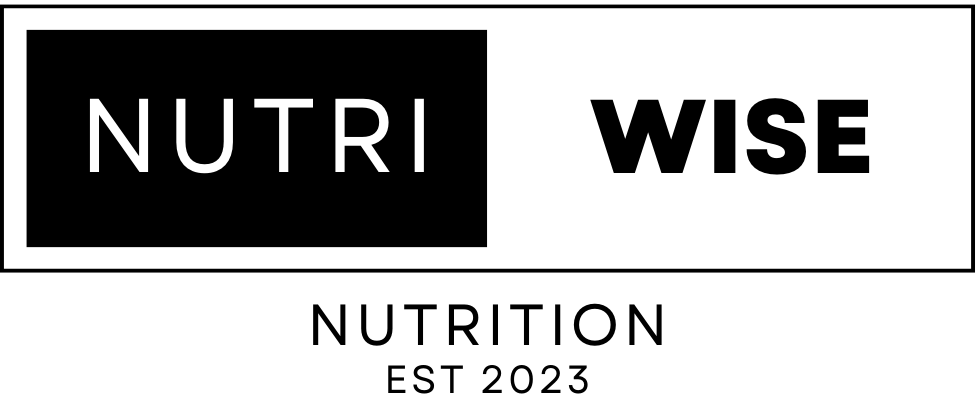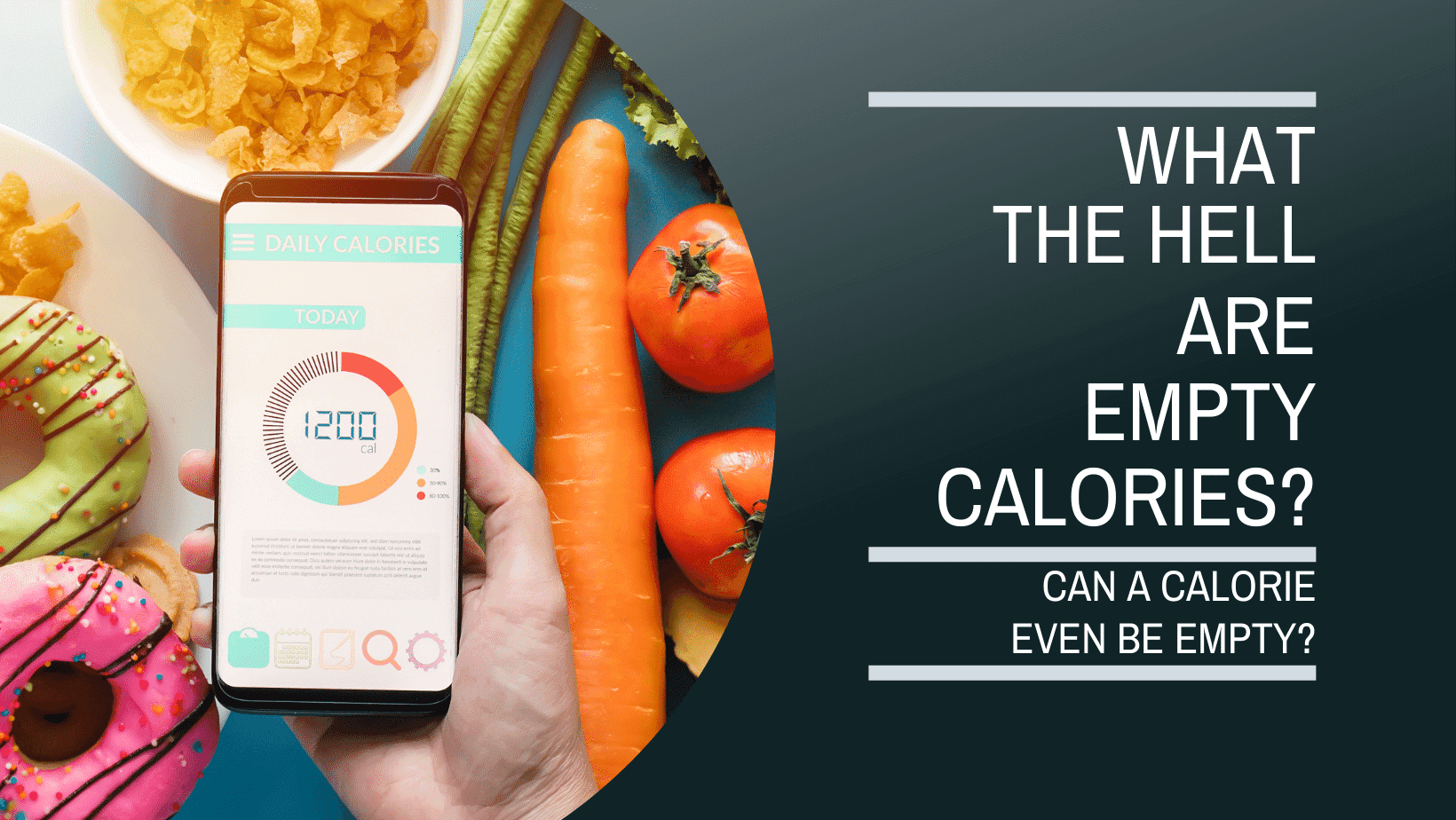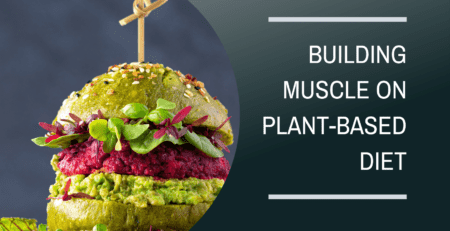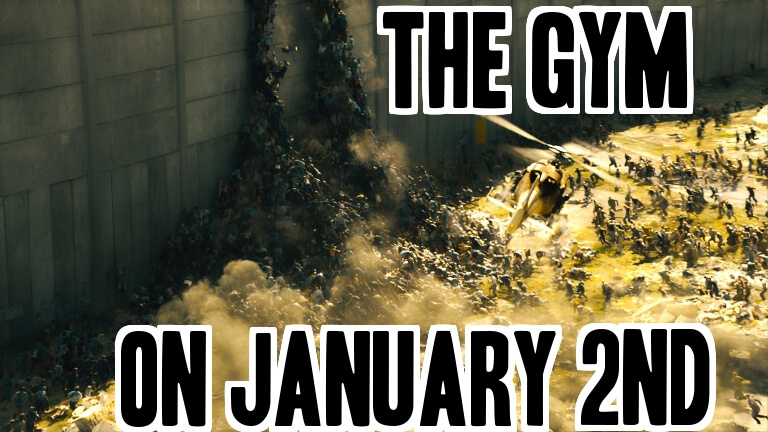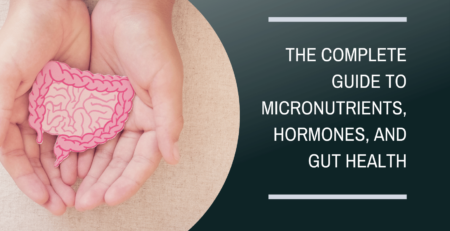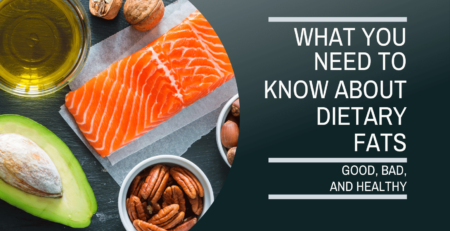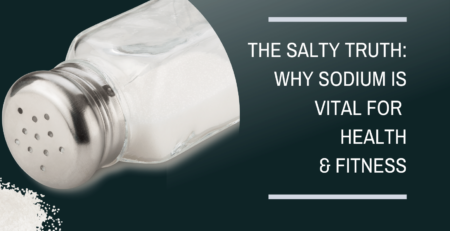What Is An Empty Calorie?
Empty Calories Aren’t Exactly A Thing
As I have discussed in many other posts, calories are a unit of measurement as applied to the energy content of the food you eat. You can’t have empty energy, you either have energy or no energy. It’s an oxymoron, kind of like saying the term “awfully good”, it can be good or awful, not both, but we use it in the lexicon to describe something. So what do “empty calories” describe?
The diet and nutrition industry coined the term “empty calories” as a way to describe food with little to no nutritional value in comparison to its high caloric value. Foods fitting this description are often referred to as empty because they provide no essential nutrients, such as vitamins and minerals, yet still contain an abundance of calories. Knowing what foods qualify as empty calories is helpful for achieving optimal health and for helping you make better dietary choices if you are in the early stages of a lifestyle change.
Empty calorie foods include processed snacks like lollies (or candy if you’re reading from the United States), chips (pre-packaged chips), and soft drink (soda), as well as white breads, muffins, and other baked goods. Additionally, fried foods such as French fries and chicken nuggets can also be classified as empty calories. These types of food are typically high in fat, sugar, sodium, or a combination of all three in relation to the amount of nutrition they provide.
It’s important to keep an eye on the amount of empty calorie foods you consume because they can add extra calories to your diet without providing any essential nutrients. Over time this contributes to becoming nutrient deficient, ads to weight gain and ultimately other unwanted lifestyle related health issues such as heart disease and diabetes.
Therefore it’s best to limit your intake or avoid these types of food altogether if possible.
Why Are Empty Calories Unhealthy?
Imagine a beautiful lake, its surface reflecting the morning light, water looking nice and clear. Naturally, you assume there’s fish, plant life and oxygen in the water creating a thriving ecosystem based on what you see. Now imagine some factory has been draining their waste into the other side of the lake, just around the corner. This is akin to what happens when we consume empty calories – the content they’re contributing to the lake is doing no good to the ecosystem and the more waste enters the lake, the worse the situation gets as there are less and less nutrients available for the plant and fish life until one day there’s a major problem with the lake. Our bodies become sickly and weak over time, not overnight.
As discussed earlier, empty calories are foods that have little nutritional value and provide only a small amount of energy. The common foods listed are usually associated with foods laden with refined sugars, alcohol, take away, and processed snacks. These foods are common because they’re cheap to make, do not require growing time like fruits, vegetables and animals and hit all the satisfying points our body wants in a convenient little package.
For me a highly satisfying meal will consist of a big piece of red meat, smoked slowly and seasoned with salt and pepper, then usually finished in a hot pan with a smidge of butter. I’m salivating just thinking about it. I’ll usually serve it with potato gems or home made sweet potato fries done in the air fryer and some green vegetables. This meal I have described is around 600 calories, maybe 700 depending on the size of the steak.
I love a good thick steak, but I also love a juicy cheeseburger.
The whole process – going to the store, selecting a steak, smoking it, chopping up sweet potato and air frying it, steaming some vegetables and finally timing it all to when I want to finish the thick steak in the pan – takes hours to complete and has a total cost of $15-$25 depending on whether I’m treating myself with the steak or not. This is just for my meal, what about my wife and daughter?
More steaks = more money.
It’s no wonder people choose a convenient burger meal (because no one just buys the burger) high in calories and low in nutrition. The convenience and the dopamine hit is what makes these foods highly addictive – the satisfaction for some consumers is almost orgasmic and at such a low price point.
Examples Of Empty Calories
The example I gave above was a cheeseburger, but it’s not really a good one. Cheeseburgers ARE high calorie for the amount of nutrition you receive, but it’s the sides that are really much better examples. The sugary drink, the deep fried potato with just the right amount of salt.
Lets change context to your local watering hole. Alcoholic beverages can be anywhere from 80 to 500 calories. I drink beer, so I lets use that as an example here. Most beers are 110-130 calories but those heavier in alcohol like craft beers are a little more. One beer doesn’t make that much difference in the context of 3000 calories consumed in a day, but the more you have the more calories are consumed. Most people will justify this thinking it’s only a couple of drinks, but 4 beers brings us a smidge under 500 calories – a decent meal. Plus most people eat while they drink – meals at the pub are going to be higher calorie options with lower nutritional values like fried chicken schnitzel with chips because they’re cheap and quick to made for patrons. It’s pretty rare to see a pub or club doing anything else.
Now, if you drink premixed spirits (mixtures with cola) you’re then looking at alcohol plus sugar at 250 calories. 4 of them is 1000 calories – a massive meal.
I’m a big believer in moderation. If you like a drink, drink – just be aware of the consequences to choices you make and the more consistently you choose empty calories over something more nutritious the sooner you’ll experience them.
Tips For Avoiding Empty Calories
Like I said previously, I believe in moderation. There’s no point avoiding something you love doing in an atmosphere you love being in because you’ll inevitably ignore all advice and go back to the old ways. Prescribing avoidance for these things is like providing abstinence advice to horny teenagers – might work for one but 99 others it won’t do squat.
First and foremost, it’s better to be mindful of what you’re eating and how frequently you’re eating it. If you’re reliant on it as opposed to an actual food, this is a problem. It can sometimes be difficult to tell looking at the label or just looking at the food itself. The easiest way to work this out if you don’t know how to read a nutrition label is to generalise it. If something seems overly processed or has added sugars, it is most likely empty calories. If you purchased it from the biscuit, cookie or packaged snacks aisle at the shop, it’s most likely fitting in to this category.
If you’re reliant on it and have developed a habit for consuming the item you should try and swap it for something a little more conscious. Fruit and/or nuts are a great place to start. It’s always better to look out for nutrient dense snacks like nuts and seeds or unsweetened yogurt with granola or fruit as they’re also more filling and less likely to encourage snacking.
Another great way to stay away from empty calories is by cooking more at home. This allows you to control what ingredients go into your food and make sure that it’s healthy and nutritious. Home cooked meals also allow you to experiment with different flavors and textures so that meals are enjoyable yet still healthy. Finally, drink plenty of water throughout the day – this will keep you hydrated and help prevent overeating on unhealthy snacks when paired with your other positive choices!
So don’t let yourself fall victim to those sneaky empty calories – take control of your diet by being mindful of what goes onto your plate! With these tips in mind, you’ll be on your way to a healthier lifestyle in no time without missing out on the things you love most.
Alternatives To Empty Calorie Foods
We all know how sweet and tempting empty calorie foods can be, but we also know they don’t do us any favors. So, what can we opt for instead? Let’s take a look at some alternatives to empty calorie foods.
A great way to get all the sweetness you’re looking for without the downside of empty calories is to reach for natural sweets like fruits or honey. Fruits are loaded with vitamins and minerals that your body needs, as well as fiber which helps keep things moving along. Honey is also packed full of vitamins and minerals and can make even a simple bowl of oatmeal feel like a special treat.
If you’re looking for something crunchy, try reaching for nuts or seeds instead of chips or crackers. Nuts and seeds contain healthy fats, protein, and fiber- three important components in a balanced diet! Not to mention they come in so many different flavors – from salty sea salt almonds to sweet honey roasted peanuts – so you won’t get bored with them easily. You’ll also be increasing the amount of protein in your diet which is helpful as well!
By replacing empty calorie foods with healthier options like fruits, honey, nuts, and seeds, you’ll be able to enjoy delicious treats without compromising your health. These tasty alternatives will not only satisfy your cravings but nourish your body too!
Conclusion
We all want to enjoy our food, but sometimes it feels like an uphill battle against empty calorie foods that are so easy to access. It doesn’t have to be this way; with a few small changes, we can all start to reduce the number of empty calories in our diets. Notice I said reduce, not eliminate.
By being aware of what empty calories are and avoiding them when possible, we can make healthier choices for ourselves and our families. This could be as simple as swapping out a high-sugar snack for some fresh fruit, or opting for whole grain bread instead of white bread. Making these small changes can have a big impact on our overall health.
We don’t have to completely eliminate empty calorie foods from our lives, but by being mindful of how much we consume them, we can reduce the amount of unnecessary sugar and fat in our diets. If we all take steps to reduce our intake of empty calories, then together we could make a difference in promoting better health and wellbeing.
